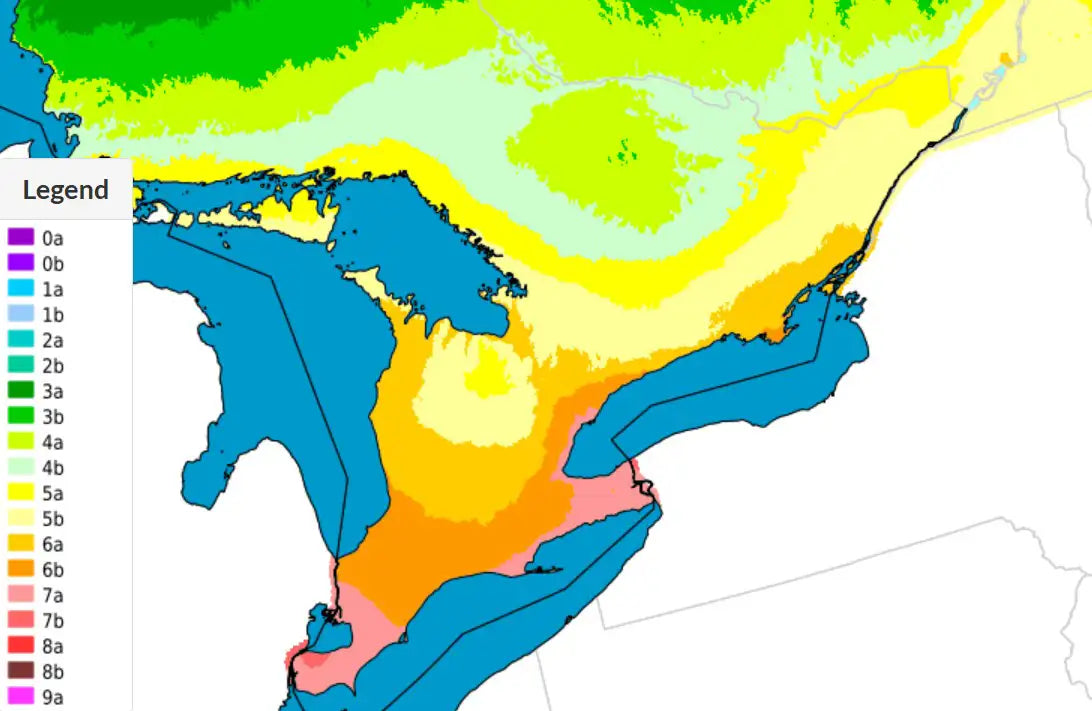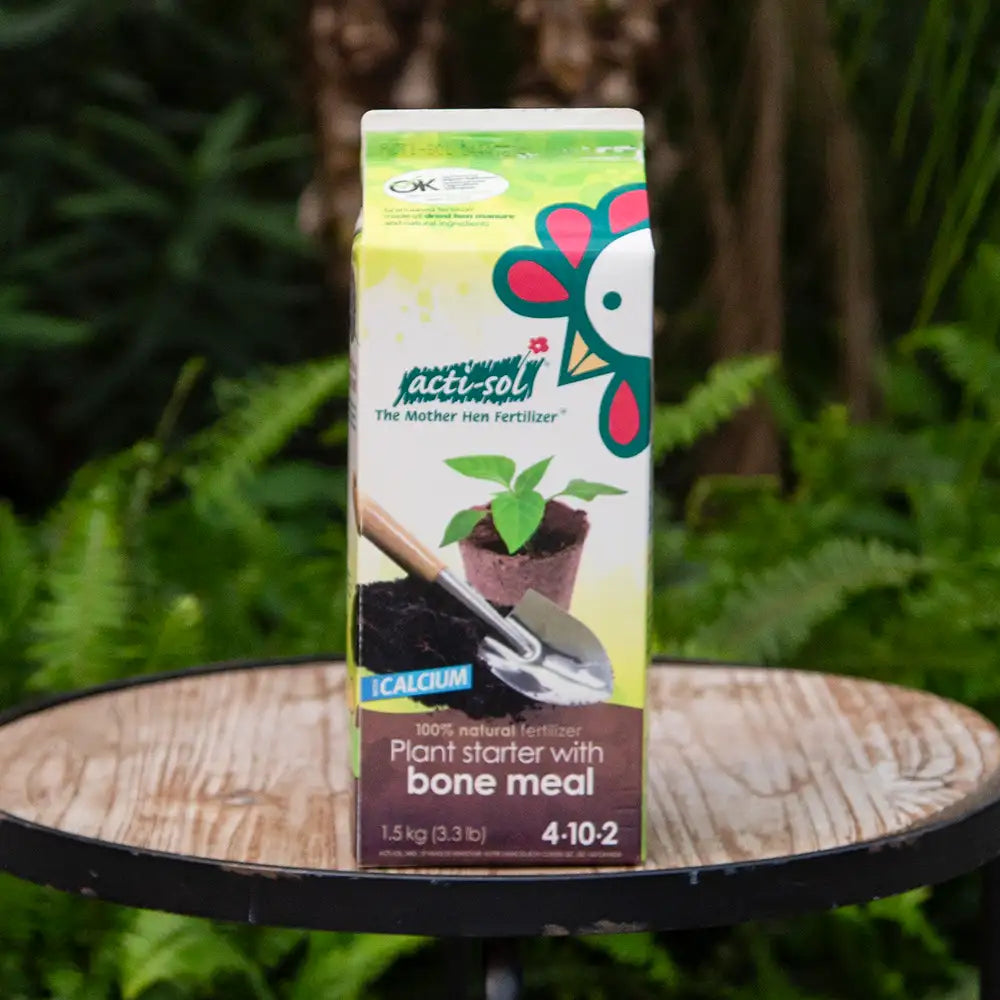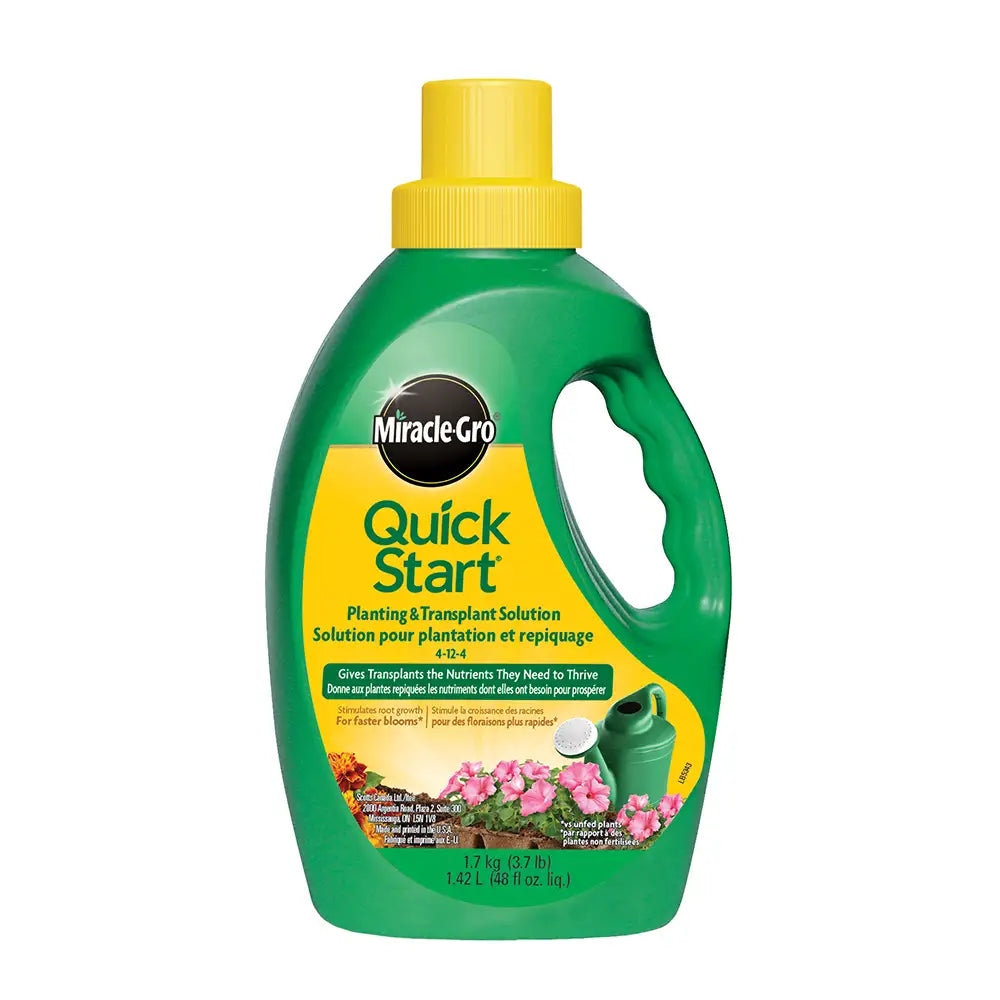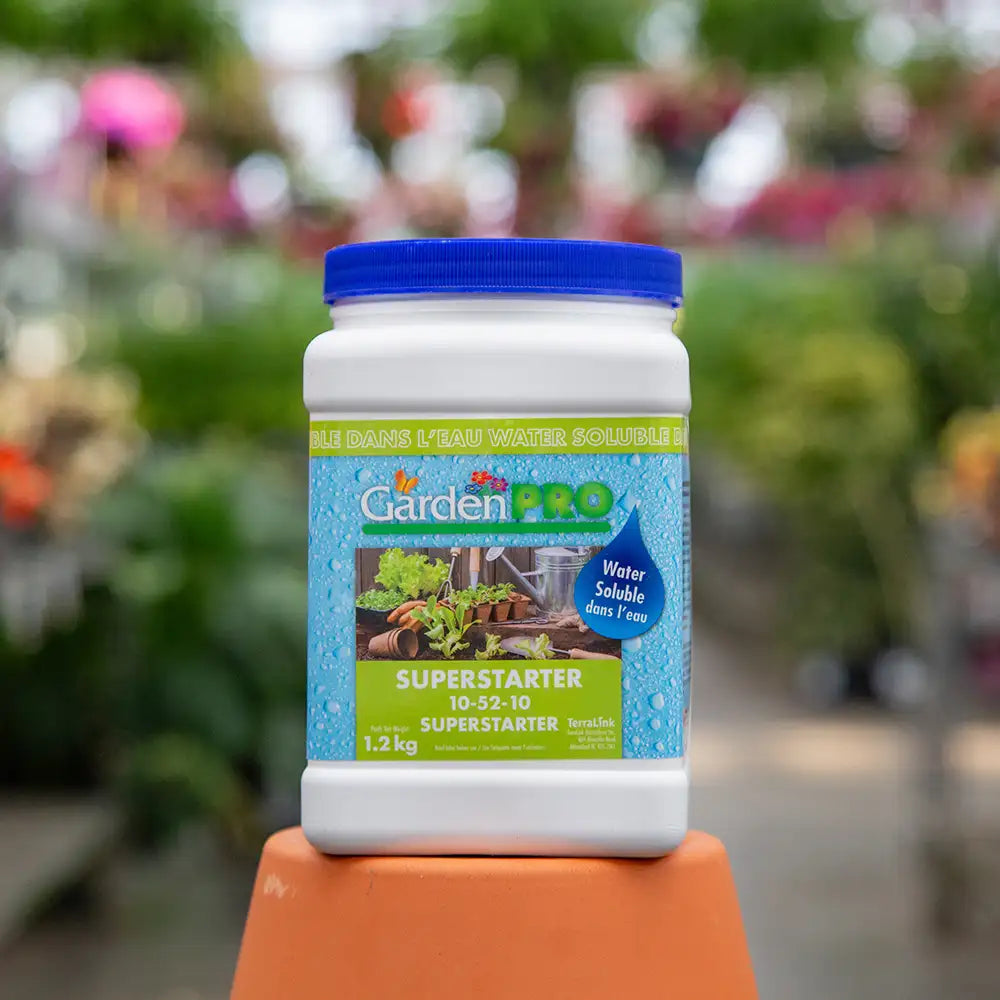Gardening 101
Have you always wanted a beautiful garden but just don’t know where to start? It can be a little intimidating starting from scratch, but once you understand a few basic terms, concepts, and practices, you’ll be ready to tackle whatever your garden can throw at you!
Understanding the Lingo
Herbaceous: Used to describe a plant with soft, pliable stems that die back to the ground every winter. Typically applies to annuals and perennials.
Woody: Used to describe a plant with hard, woody stems that remain above the ground in the winter. Typically applies to shrubs and trees.
Annual: Herbaceous plants that complete their whole life cycle in one year and/or die over the winter.
Biennial: Herbaceous plants that complete their life cycle in two years, but die back to the ground during the winter. Typically, they only produce flowers in their second year.
Perennial: Herbaceous plants that die back to the ground every winter, and grow back in the spring. They live three or more years.
Deciduous: Woody plants that drop their leaves or needles over winter.
Evergreen: Woody plants that keep their leaves or needles over winter.
Shrubs: Woody plants that keep their stems over winter. The leaves may or may not fall off based on whether they are evergreen or deciduous.
Trees: Woody plants that keep their stems over winter (most often with a single trunk) and grow to a significant size. The leaves may or may not fall off based on whether they are evergreen or deciduous.
Outdoor Light
Understanding the amount of light that you have in your garden is one of the basic starting points that will lead to picking a successful plant. It is important to know that different types of plants have different preferences for the amount and intensity of light that they prefer. The intensity of light varies throughout the day, with the strongest sun between the hours of 11am and 4pm.
Outdoor light is easily divided into 3 categories:
Water
Water is essential to the survival of every plant, though some prefer more than others. How to water and how often is one of the biggest challenges beginner gardeners face, with lack of water being the leading cause of death for newly planted plants. The goal of watering is to water deeply to encourage more root growth and expand the plant's access to water. This will result in stronger plants that require less watering in the future and are more likely to withstand droughts once they are established.
How to Water Correctly:
- Hold or leave the hose on the base of the plant, making sure you are drenching the root ball of the plant (which is roughly the size of the pot that you bought it in). If you are leaving the hose, set it to 30-50% strength and let it run for roughly 5 minutes. To prevent washing soil away from the root system, place a fallen leaf or other item underneath the stream so it runs off without disrupting the soil. If you are holding the hose, stay on each plant for at least 1-2 minutes to water thoroughly.
- Avoid watering the leaves of the plant, as plants cannot absorb water through their leaves, and this can actually encourage the spread of disease.
- If possible, it is better to water in the morning or evening to reduce the amount of water that is lost to evaporation. If that timing doesn't work for you, it's better to water mid-day than not at all!
How Often to Water
It's difficult to quantify how often you should water, because no two plants and gardens are the same! There are external factors to consider, including the time of year, temperature, amount of deep rainfall, how recently the plant was planted, sun exposure, and surrounding mature plants that can monopolize the groundwater.
Generally, all annuals and newly planted perennials, trees, and shrubs need to be watered daily. During heat waves, watering may be required twice a day. When summer turns into fall, the watering frequency can decrease to every 2-4 days.
Once they have established their root systems, watering can vary based on the preferences of each plant. Perennials are considered established after 1 complete year in the ground, while trees and shrubs take 2-3 years.
Signs You Need to Water
All of our recommendations above are just guidelines, not hard rules. Again, every plant and garden is different, so it is difficult to define a universal frequency that works every time. If you want to succeed in establishing your new plants, become very familiar with the signs of a thirsty plant and make it a habit to check on them at least daily. If you see your plant exhibiting any of the signs below, give it more water immediately!
Soil
Soil quality makes a bigger impact on the growth and health of your plants than you think, and not all soils are created equally. Healthy soil is teeming with living organisms and is full of both organic and inorganic material.
Soil in Durham Region tends to be heavy clay with a lack of organic material. This means it is quite dense with poor airflow and drainage. Without soil improvements, your plants may grow smaller or more slowly, experience nutrient deficiencies, and create smaller or fewer blooms.
How to Improve Your Soil
To improve your soil quality, it is a great practice to add compost once a year, either early spring or late fall. This will add organic material and nutrients into your soil, improving it and your plants' health over time.
Keep in mind, while they may look very similar, not all composts are created equally either. High-quality composts will be from a trustworthy source where the ingredients are listed. They will typically be higher in nutrient value, with more organic material, and have fewer to no weed seeds than cheaper composts.
There are a few different compost types with different ingredients that you can choose from. Each has different benefits, depending on your existing soil and your goals. No matter which one you pick, our recommendation is to apply 1 bag (25-30L) per 10 square feet of garden once a year.
Hardiness Zones
There is one more aspect of plant characteristics that you need to understand before you buy: hardiness zones. All hardy plants are labelled with a USDA zone number that matches a map dividing the country; this number identifies where the plant is hardy enough to survive the winter.
Zones are affected by temperature, nearby bodies of water, snowfall accumulation and more. They range from 1 to 10, with 1 being the coldest and 10 being the warmest. Here in Ajax, we are zone 5b, so you can purchase anything rated for a zone 5 or lower. If you live elsewhere, it is best to double-check your zone before you buy.

Picking the Right Plant
Now that you understand the basics, you can go about picking the right plant for your space. This is the fun part! There are two approaches you can take when it comes to selecting plants:
- Figure out a spot in your garden that you need to fill, evaluate the amount of light and water it will receive there, and the amount of space that you have in order to determine the maximum mature size. Once you have that information, look for plant options that suit those requirements!
- Hit the garden centre to find a plant you like, then try to find a spot in your garden that will work for it.
Our recommendation is to use the first option, but people often use the second because it's just more fun. Either way, take your time and pick things you like!
How to Plant Correctly
Planting your plant correctly can be the make it or break it of successful gardening. By following these steps, you’ll give your plant the best chance to establish itself in its new home!
- Dig a hole twice the size of the pot you are planting.
- Remove the pot and place the plant in the hole, making sure it is at the right height. The top of the soil of your plant should be level with the ground.
- Once you're happy with the height, backfill the hole with triple mix.
- Apply a transplant fertilizer around the root ball of the plant (the size of your original pot) to encourage root growth. The rate of application should be as directed on the package.
- Water the base of your plant immediately after planting, making sure you soak the soil thoroughly.
- Continue to water deeply and daily, based on the recommendations above to ensure successful rooting.













